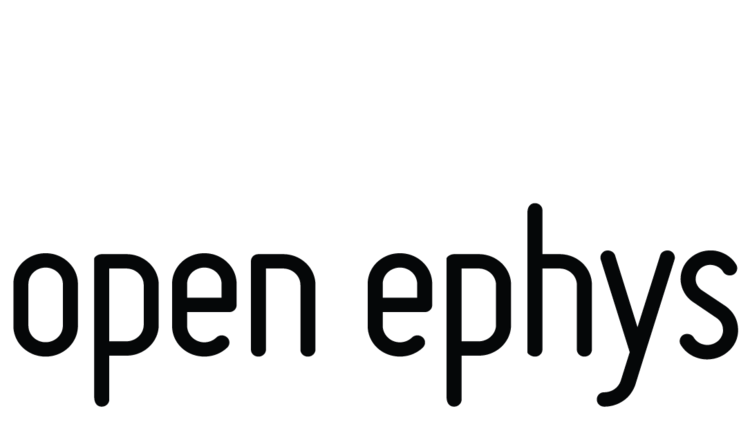Since the last newsletter, we've made significant progress updating our hardware to incorporate the new digital chips from Intan. The design for our new acquisition board can be viewed on our GitHub site, with a full bill of materials on Google Docs. Read on to find out about our plans for distributing these boards.
Open Ephys RHD2132-based acquisition system
If you've been following the latest updates from Intan Technologies, you know that they've recently released an evaluation system for their RHD2000-series chips. We worked with Intan to come up with some of the specifications for these boards, and will also adopt those standards for our own hardware. Both the Intan RHD2000 Evaluation System and our new acquisition systems will feature:
- compatibility between acquisition boards, headstages, and software
- 32-channel headstages with 36-pin Omnetics connectors (available from Intan for $745 each)
- 4 headstage connectors (for a total of 128 channels of data acquisition when using 32-channel headstages)
- 12-wire cables that can be daisy-changed up to 10 meters (available from Intan for $175 per 3-foot length)
- 8 analog-to-digital converters (separate from the converters on the headstages)
- 8 digital-to-analog converters (for real-time audio monitoring and signal generation)
Both the Intan evaluation boards and our acquisition boards are powered by the Opal Kelly XEM6010 FPGA development board. This means they can both use the same firmware (Intan's "Rhythm" USB/FPGA interface), and that the same FPGA can be used with either system.
If you're eager to test out the new Intan chips as soon as possible, we encourage you to order the RHD2000 evaluation system, which is available now from Intan. Depending on your needs, however, it might be worth waiting for our boards to be released. Our acquisition system will include some changes that make it more user-friendly for neuroscientists:
- 5V logic on the digital input and output channels (vs. 3.3V for the Intan evaluation system)
- +/-5V input range for the analog-to-digital converters (vs. 0 to 3.3V)
- +/-5V output range for the digital-to-analog converters (vs. +/- 3.3V)
- HDMI connectors to interface with peripheral BNCs (vs. screw terminals)
- an injection-molded case
- tricolor indicator LEDs
These changes make our boards slightly more complex, but, in return, they will be more convenient for experimenters.
Plan for distribution
When new tools come along in neuroscience, it's typical that the first and last step in propagating them is to publish a methods paper. It's up to the readers to figure out how to put the tools together (or to hassle the original authors for more information). We want to do things a little differently. In addition to posting the design files and complete assembly instructions online prior to publication, we'd also like to manufacture a small number of boards and give them away to interested labs for free. In return, we hope that those labs will contribute to improving our open-source data acquisition software.
This is our first time manufacturing anything at this scale, so we expect there to be some hiccups along the way. Our current plan is to test a few of the new boards by the end of this month, then place an order with Screaming Circuits to produce a larger run. If all goes according to plan, we should have the boards ready by the end of April. But there's always a chance that things will be pushed back if our prototypes don't work as expected.
This effort will be supported by generous donations from a few principal investigators. We only have enough funds to purchase the populated circuit boards and cases, not complete systems. If you receive one of our acquisition boards, you'll still have to buy headstages and cables from Intan, and an FPGA from Opal Kelly (a minimum investment of $1319). Considering that 32-channel systems from commercial vendors start at around $20k, this is not a bad deal.
How to sign up
If you'd like to test out our acquisition boards in your lab, please fill out this request form.
We will have a limited number of boards to give away, so signing up doesn't guarantee you'll receive one. If we've already talked about sending you a system or two, your chances are much better. But please fill out the form anyway, so we can keep track of everyone who's interested.
Keep in mind that we're a team of graduate students—not professional engineers—so there's a chance that the first round of boards will be buggy or won't work at all. We also can't guarantee there will be any technical support (beyond the online documentation) if things go wrong. We do know that, at the very least, this effort will teach us useful lessons about the best ways to distribute open-source hardware. At best, though, it will be an important step toward making multichannel electrophysiology more flexible and more affordable.
